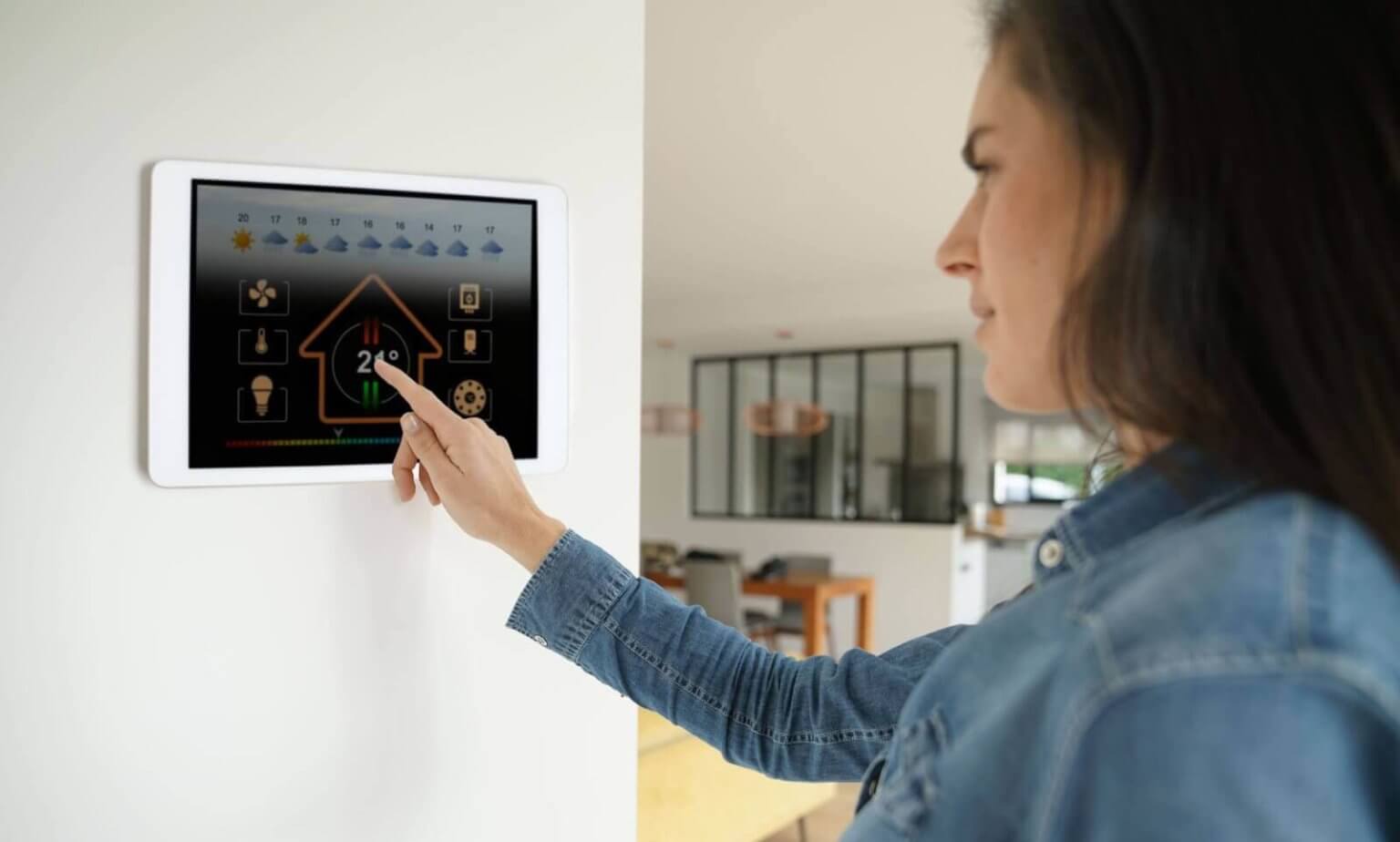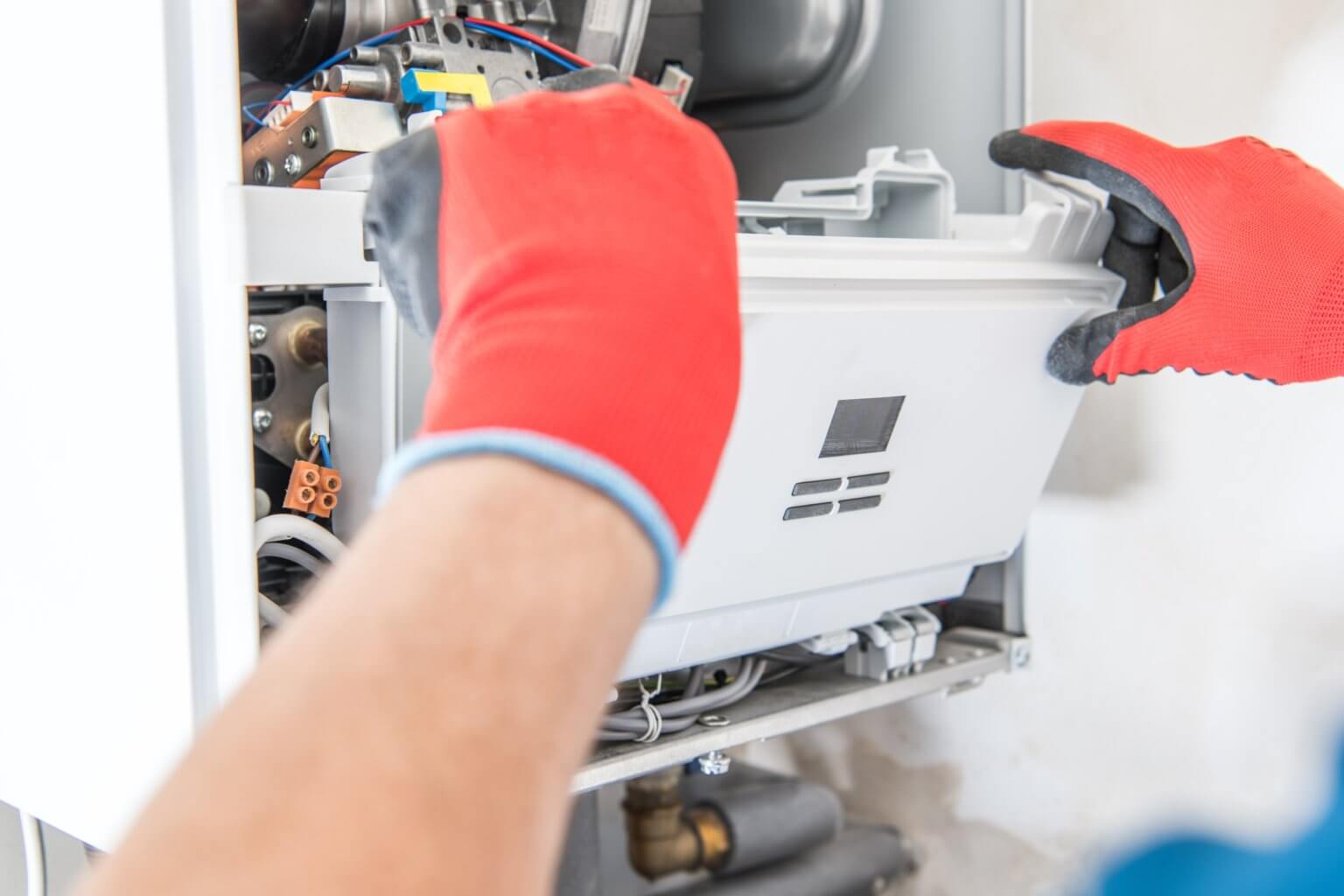
Top Furnace Tune-Up Tips Canoga Park Homeowners Trust Each Fall
Cooler nights in the West Valley have a way of exposing weak links in a heating system. A furnace that seemed “fine” in spring can stumble in October. Local homes in Canoga Park often deal with dust-heavy return air, attic runs that get scorching in summer, and older ductwork with small leaks. A thoughtful tune-up corrects those local stress points before the first chill. Here is how Season Control Heating & Air Conditioning approaches a reliable furnace tune-up Canoga Park residents count on, and what homeowners can do to keep heat steady and bills reasonable.
Why a fall tune-up matters in Canoga Park
Gas furnaces here cycle hard on cold mornings, then sit quiet all afternoon. That on-off pattern is tough on igniters, flame sensors, and blower motors. Valley dust coats burners and indoor coils faster than many expect, especially in homes near busy corridors like Roscoe Boulevard or De Soto Avenue. A tune-up trims wasted fuel, cuts noise, and catches early failures. In most cases, clients see safer operation, more even heat, and fewer surprise service calls in January.
What a pro actually does during a furnace tune-up
A proper furnace tune-up is more than a quick filter change. Season Control techs follow a measured sequence, then adjust based on the equipment’s age and condition. On an 80 percent AFUE unit with a standing pilot, the checklist looks different than on a newer 95 percent condensing furnace with PVC venting. The work usually includes:
- Safety and combustion checks: verify gas pressures, inspect heat exchanger surfaces where visible, test for CO in the supply plenum, confirm flue draft, and check flame signal strength. A weak flame signal often points to a dirty sensor or grounding issue.
- Ignition and burner service: clean the flame sensor, inspect the igniter for hairline cracks, brush burner ports, and correct flame shape. Blue, steady flames with defined cones indicate good air-fuel mix.
- Airflow and blower performance: measure temperature rise against the rating plate, inspect and clean the blower wheel, lubricate bearings on older PSC motors, and confirm ECM operation on variable-speed units. An out-of-range temperature rise hints at dirty filters, blocked returns, or low blower speed.
- Electrical testing: tighten low-voltage and line-voltage connections, test capacitor microfarads, and confirm correct amp draw on inducer and blower. Marginal capacitors often cause intermittent no-heat calls on the first cold snap.
- Filter and duct assessment: size and fit of the filter matter. A too-thick or restrictive filter starves airflow. Techs also check for duct leaks in garages and attics that waste heat into unconditioned spaces.
This is the core of a furnace tune-up Canoga Park homeowners should expect. It is systematic, but it leaves room for judgment. For example, an older Mobile Home furnace with side return needs special attention to clearance and filter area. A condensing furnace needs condensate trap cleaning and a check of PVC vent pitch.

Simple homeowner moves that pay off
Clients often ask what they can handle safely between visits. The goals are clean airflow, accurate control, and basic safety.
- Replace or clean the filter every 1 to 3 months based on dust levels and pets. If the filter collapses or whistles, it may be the wrong size or MERV rating.
- Clear the return grille. Drapes, furniture, or a pet bed can choke airflow and spike heat rise.
- Keep the furnace closet or attic access free of storage. Boxes near burners or intakes create a hazard and make service harder.
- Set a stable schedule on the thermostat. Frequent big swings force more cycles and extra wear.
- Test carbon monoxide detectors monthly and replace batteries yearly.
These small steps help the tune-up hold its value through the season.
Local quirks: Canoga Park homes and common findings
Experience in Canoga Park points to a few repeat issues. Homes built in the 60s and 70s often have narrow return paths. That starves the blower, causing hot supply air and limit switch trips. Many attics have flex ducts with tight bends or crushed sections near trusses. A quick static pressure reading during a tune-up tells the story. When external static rises above the furnace’s rated max, techs discuss duct fixes or blower adjustments.
Another frequent find is a dirty flame sensor after summer. Landscaping dust, garage projects, and attic work leave residue. A sensor that reads under 2 microamps will drop flame at startup. Cleaning it during a fall service prevents those “it lights, then shuts off” calls at 6 a.m.
Finally, older mercury or basic digital thermostats can drift. During a tune-up, calibrating or recommending a modern thermostat with adaptive staging can smooth out temperature swings, especially in homes with large west-facing windows that heat up in the afternoon.
What a good temperature rise tells you
A fast way to judge overall health is the temperature rise across the furnace. The rating plate might specify 35 to 65 degrees Fahrenheit, for example. If the measured rise is below the range, heat leaves too fast or gas input is low. If it is above the range, airflow is restricted or blower speed is too low. In practice, adjusting blower tap or ECM profile, correcting filter selection, and sealing obvious duct leaks bring that number back into spec. Getting temperature rise right protects the heat exchanger from thermal stress and keeps living spaces comfortable.
Energy savings you can actually feel
On a mid-efficiency furnace, a clean burner and correct gas pressure can trim fuel use by a noticeable margin. Many clients report the system runs quieter and cycles less after service. In a typical 1,600 to 2,000 square foot Canoga Park home, a proper tune-up and filter plan can reduce winter gas spend by 5 to 15 percent. The bigger benefit is avoiding a no-heat event on a holiday weekend, which often costs more than a seasonal tune-up.

Safety should never be an afterthought
Gas furnaces are safe when installed and maintained correctly. During a furnace tuneup Canoga Park homeowners should expect a carbon monoxide check at the supply, a visual heat exchanger inspection, and verification that the flue is clear and properly sloped. Any CO reading at supply registers is a red flag that must be investigated before the unit returns to operation. Techs also inspect for gas leaks at unions and valves and confirm that the shutoff is accessible.
Signs your furnace is asking for help
Homeowners call after noticing patterns such as sulfur or metallic smells at startup, a clicking igniter that tries several times, warm air that never reaches the setpoint, or breaker trips when the blower starts. Others hear a rhythmic thump in the supply, which often points to a dirty wheel or sagging duct. Any of these signs signal time for service. If the furnace is over 12 years old and showing repeated failures, a diagnostic during tune-up helps decide whether a repair or replacement makes more sense.
How Season Control handles a fall visit
Scheduling is simple, and most appointments wrap up in 60 to 90 minutes. The tech arrives with furnace tune-up Canoga Park common parts like igniters, flame sensors, and capacitors on the truck, so small fixes happen on the spot with homeowner approval. Before leaving, they review findings in plain language, show photos if helpful, and note any future recommendations, such as a return grille upgrade or duct sealing in the attic. Homeowners get a written report with measurements: temperature rise, static pressure, gas pressure, and flame signal. Clear numbers make it easy to compare year to year.
Maintenance plan or one-time tune-up?
Both are available. A plan locks in seasonal visits, priority scheduling during cold snaps, and discounts on parts. It works well for rental properties and busy families in neighborhoods from Winnetka Avenue to Sherman Way who want predictable upkeep. A one-time furnace tune-up Canoga Park clients choose in fall still delivers the core safety and performance benefits. For systems under manufacturer warranty, documented maintenance helps keep coverage intact.
Ready for steady heat?
If a furnace has not been serviced since last winter, now is the right time. Season Control Heating & Air Conditioning serves Canoga Park, CA and nearby communities across the West Valley. Call or book online to schedule a furnace tuneup Canoga Park homeowners trust. A careful fall check keeps heat reliable, gas bills stable, and mornings comfortable all season.
Season Control Heating & Air Conditioning serves homeowners in Los Angeles and the surrounding communities with dependable heating, cooling, and indoor air services. Our team helps with AC installation, seasonal maintenance, furnace repair, and full system replacements. With more than two decades of hands-on experience, our technicians work to keep your home comfortable through hot summers and cold winter nights. We offer around-the-clock service availability, free estimates for new systems, repair discounts, and priority scheduling for faster help when you need it. Backed by hundreds of five-star reviews and long-standing industry certifications, we focus on clear communication, reliable workmanship, and solutions that support year-round comfort.
Season Control Heating & Air Conditioning
7239 Canoga Ave
Canoga Park,
CA
91303,
USA
Phone: (818) 275-8487
Website: seasoncontrolhvac.com, HVAC Repair L.A., Furnace Installation Canoga Park, HVAC Contractor Canoga Park
Social Media: Instagram, Facebook
Map: Google Maps